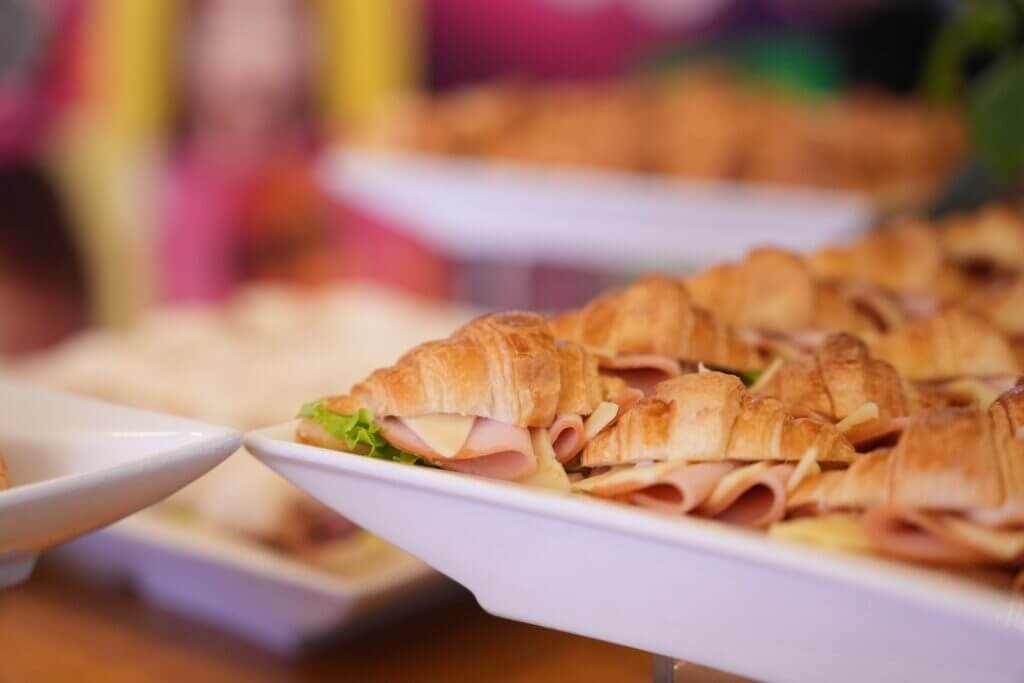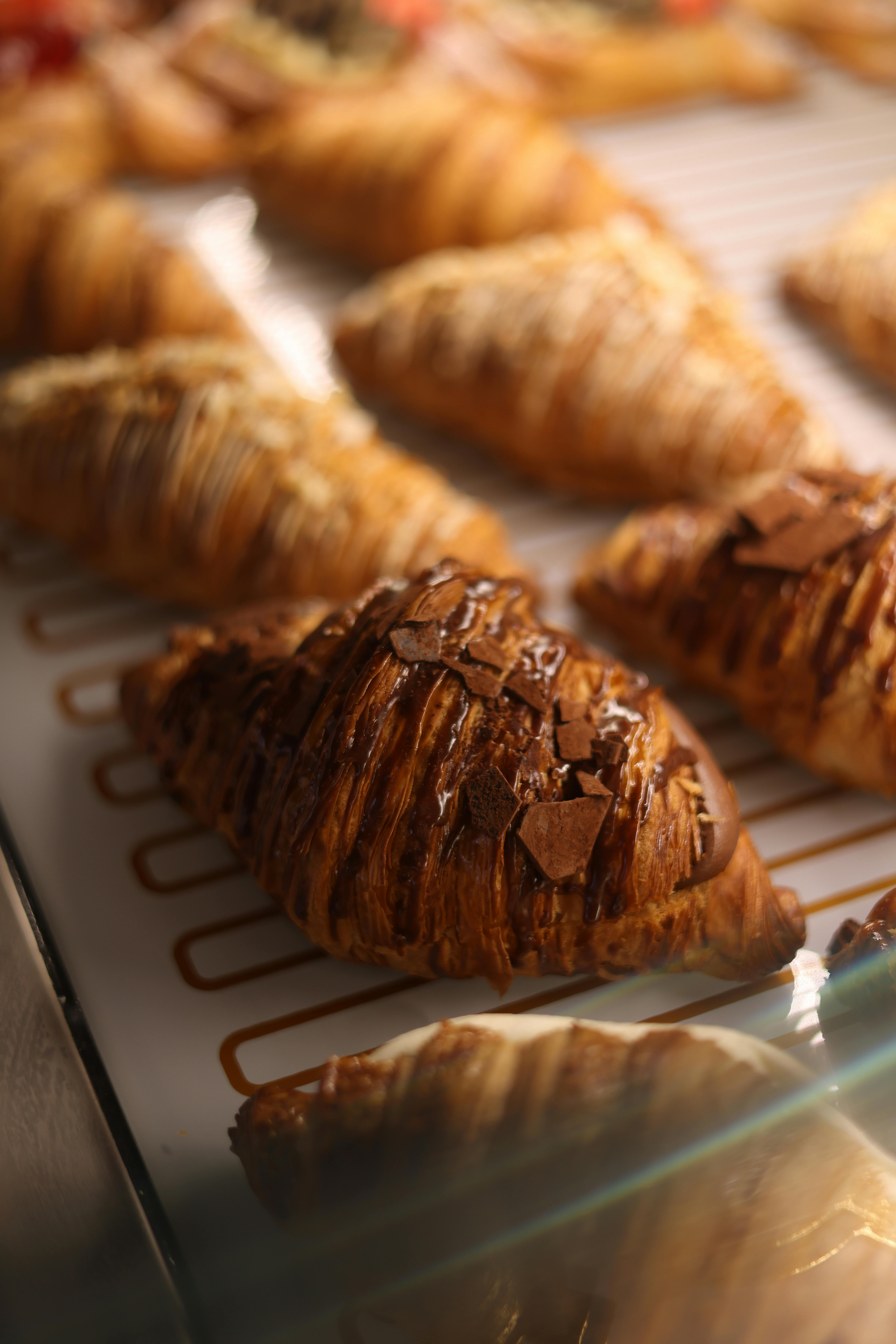If you’re on a mission to create the perfect homemade pie, then mastering the art of making a flaky and tender pie crust is essential. There’s just something magical about sinking your fork into a buttery, tender crust that perfectly encases your favorite filling. But fear not, as this article will guide you step by step, equipping you with all the tips and techniques you need to achieve pie crust perfection. So put on your apron, grab some flour, and get ready to impress your friends and family with your baking prowess.

Choosing the Right Ingredients
When it comes to making a flaky and tender pie crust, the ingredients you choose make all the difference. Let’s start with the fat. Using cold fat, such as butter or shortening, is crucial to achieving the desired texture. The cold fat creates small pockets in the dough as it melts during baking, resulting in a flaky crust. So, make sure to keep your fat in the fridge until you’re ready to use it.
Another important ingredient is all-purpose flour. This type of flour has just the right protein content to create a delicate and tender crust. Its versatility makes it a great option for pie crusts, as it provides structure without being too heavy or dense. Avoid using bread flour, as its higher protein content will make the crust tougher.
Lastly, don’t forget to add a pinch of salt to your crust. While it may seem like a small detail, salt enhances the flavor of the crust and balances out the sweetness of the filling. It also helps strengthen the gluten in the dough, which adds structure and prevents it from becoming too fragile.
Mixing the Dough
Once you have gathered your ingredients, it’s time to mix the dough. The goal here is to evenly distribute the fat throughout the flour while maintaining a flaky texture. To achieve this, start by cutting the cold fat into small pieces and adding them to the flour. Use a pastry cutter or your fingers to cut the fat into the flour until it resembles coarse crumbs.
Next, it’s time to add ice-cold water. The cold water helps keep the fat solid and prevents it from melting too quickly. Add the water gradually, one tablespoon at a time, and mix it into the dough using a fork or your hands. Be careful not to overmix the dough at this stage. The goal is to just moisten the flour and bring the dough together.

Rolling the Dough
Rolling the dough is an important step in achieving a flaky pie crust. However, it requires some finesse and a light touch. Before rolling, it’s important to chill the dough. Wrap it in plastic wrap and let it rest in the refrigerator for at least 30 minutes. Chilling the dough allows the fat to firm up, making it easier to roll out without melting too quickly.
Once the dough is chilled, lightly flour a clean surface and place the dough on it. Begin rolling from the center, outward, applying gentle pressure. Rotate the dough as you roll to ensure an even thickness. Remember to use a light touch and avoid pressing too hard, as this can lead to a tough crust. And if the dough starts to stick, simply dust the surface with a little more flour.
Layering the Dough
Creating layers in your pie crust is what gives it that sought-after flakiness. To achieve this, you’ll need to fold and roll the dough multiple times. Start by folding the rolled-out dough in thirds, like a letter. Then, turn the dough 90 degrees, so the folded side is facing you. Roll it out again and repeat the folding process. These repeated folds and rolls create layers of fat and flour, which separate during baking and create the flaky texture.
Maintaining cold dough throughout the layering process is crucial. If the dough becomes too warm, the fat will melt too quickly, resulting in a greasy crust. So, if you notice the dough getting too soft, place it back in the refrigerator for a few minutes to firm up.

Baking the Crust
To bake the perfect pie crust, some key steps are necessary. Firstly, preheat the oven to the recommended temperature stated in your pie recipe. This ensures that the crust will cook evenly and prevent any undercooked areas.
For some pie recipes, blind baking the crust is necessary. This means partially or fully baking the crust before adding the filling. To blind bake, line the chilled dough with parchment paper and fill it with baking weights or dried beans to prevent it from puffing up during baking. Bake the crust according to the recipe’s instructions until it’s lightly golden.
For an extra golden and glossy crust, consider using an egg wash. Simply beat an egg with a little water and brush it lightly onto the crust before baking. This will give your pie a beautiful sheen and a deliciously crisp finish.
Troubleshooting Tips
Even the most experienced bakers encounter challenges when making a pie crust. Here are some troubleshooting tips to help you overcome common issues.
If you find yourself with a soggy bottom crust, try preheating a baking stone or baking sheet in the oven and placing your pie directly on it. The hot surface will help heat the bottom crust quickly and prevent excessive moisture from seeping in.
If your crust shrinks during baking, it may be due to overworking the dough or not using enough fat. Make sure to handle the dough gently and avoid stretching it too much when fitting it into the pie dish. Additionally, consider increasing the amount of fat used in the recipe to ensure a more tender and pliable crust.
Uneven browning can be caused by various factors, such as oven hot spots or uneven thickness of the crust. To remedy this, rotate your pie halfway through baking to ensure even exposure to the oven’s heat. Additionally, make sure to roll out the dough to an even thickness throughout, as thicker areas will bake slower and lighter areas may become overcooked.
Alternative Ingredients and Techniques
While traditional pie crusts rely on butter or shortening, there are alternative ingredients and techniques you can try to achieve different flavors and textures.
Experimenting with different fats, such as butter, shortening, or lard, can yield varied results. Butter adds a rich and flavorful taste, shortening creates a very tender and flaky crust, while lard imparts a unique savory flavor. You can even try combining different fats to achieve a balance of flavors and textures.
For an extra flaky and tender crust, consider adding a splash of vinegar or vodka to the dough. These liquids help to inhibit gluten formation, resulting in a more delicate and tender crust. Simply substitute a small portion of the water in the recipe with vinegar or vodka and proceed with the dough preparation as usual.
If you’re looking for a creamier and tangier pie crust, incorporating sour cream or cream cheese can do the trick. These ingredients add moisture and richness to the dough, resulting in a more tender and flavorful crust. Adjust the other ingredients in the recipe to accommodate the addition of the dairy product.
Common Mistakes to Avoid
To ensure the success of your pie crust, it’s important to avoid some common mistakes that can lead to less-than-desirable results.
Using warm fat is a big no-no when it comes to pie crust. Warm fat melts too quickly, resulting in a greasy and overly dense crust. Remember to keep your fat cold until you’re ready to use it, and if it starts to soften during the preparation process, pop it back in the refrigerator for a few minutes.
Overworking the dough is another mistake to avoid. The more you handle the dough and work it, the tougher it becomes. Keep mixing and kneading to a minimum, and once the dough starts to come together, stop. This will ensure a tender and flaky crust.
Skipping the chilling time is a shortcut that should be avoided. Chilling the dough allows the fat to firm up and the gluten to relax, making it easier to handle and roll out. It also prevents the fat from melting too quickly during baking, resulting in a more flaky crust. So, be patient and give the dough the necessary chilling time it needs.
Tips for Different Pie Types
Different types of pies require slightly different techniques to achieve the perfect crust. Here are some tips to keep in mind when making fruit pies, custard pies, and savory pies.
For fruit pies, it’s important to pre-cook the filling slightly to ensure that the crust and filling bake evenly. This prevents a soggy bottom crust and ensures that the fruit is cooked to perfection. For juicy fruits, consider adding a sprinkle of cornstarch or flour to the filling to help absorb excess moisture.
Custard pies, such as pumpkin or pecan, require a blind-baked crust to ensure it stays crisp. Since the filling is already pre-cooked in these pies, blind baking prevents the crust from becoming soggy. It’s also important to avoid over-baking custard pies, as this can result in a dry and rubbery texture.
Savory pies, like quiches or pot pies, often call for a blind-baked crust as well. However, they sometimes require a sturdier crust to hold the filling. Consider adding an extra egg yolk or a spoonful of mustard to the dough to give it a little more structure.
Perfecting the Art of Pie Crust
Mastering the art of pie crust takes practice and patience. Don’t get discouraged if your first attempts don’t turn out as expected. Keep experimenting and refining your technique, and soon you’ll be baking perfect pie crusts every time.
Feel free to get creative with flavors by adding spices, citrus zest, or even herbs to your pie crust. These small additions can elevate the overall taste and make your pies even more memorable. Just remember to adjust the other ingredients in the recipe to complement your flavor choices.
Lastly, don’t forget to have fun and let your creativity shine when it comes to decorating the crust. You can create intricate lattice patterns, cut out shapes, or even use specialized pie crust cutters to add personality and visual appeal to your pies.
With these tips and techniques, you’re well-equipped to make a flaky and tender pie crust that will wow everyone who takes a bite. So roll up your sleeves, gather your ingredients, and embark on a delicious pie-making journey. Happy baking!

